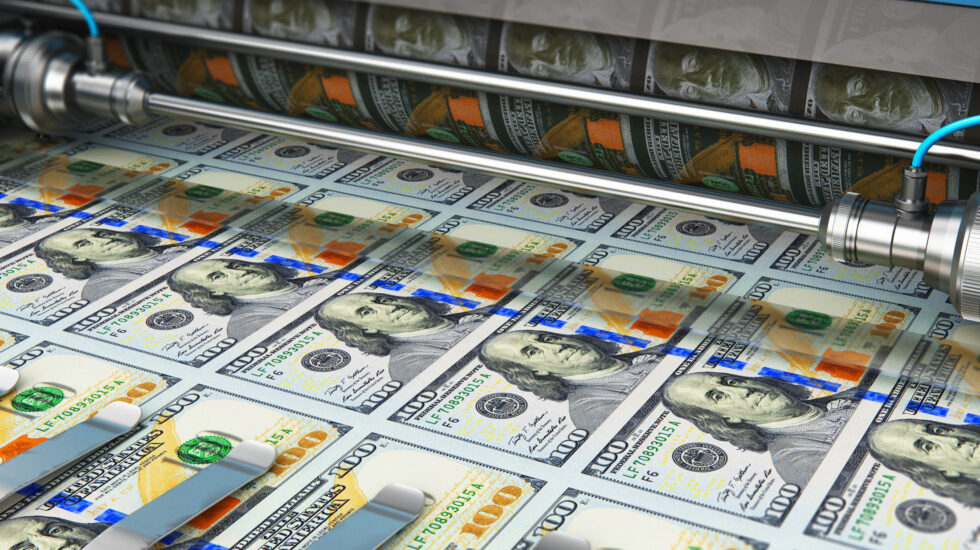Inflation. Labor shortages. A dwindling supply of materials.
Consumers are feeling it all in their wallets. The cost of everyday goods is rising, as the economy tries to shrug off a pandemic that won’t go away.
But there’s part of America that isn’t feeling the pain: corporations.
S&P 500 companies are reporting their highest net profit margin since 2008, when FactSet started keeping track of that metric. The average S&P net profit margin was 13% in the second quarter.
Part of that success is the ability to pass on higher labor and raw materials costs to consumers in the form of higher prices.
“It’s the pricing power that a lot of these companies have right now,” Victoria Fernandez, chief market strategist at Crossmark Global Investments, told The Wall Street Journal. “Because we have consumers that have been sitting basically on the sidelines of the economy, waiting for the economy to reopen, there is a tremendous pent-up demand there.”
The rosy results on Wall Street belie a pandemic-era concern: that rising labor costs will stunt economic growth. McDonalds, for example, recently beat revenue expectations even as they raised wages.
But small businesses aren’t able to absorb costs with the same success. According to a recent survey, 49% of small businesses are unable to fill open positions and the prevailing sentiment in the small business community is that rising costs will hurt their bottom line.



